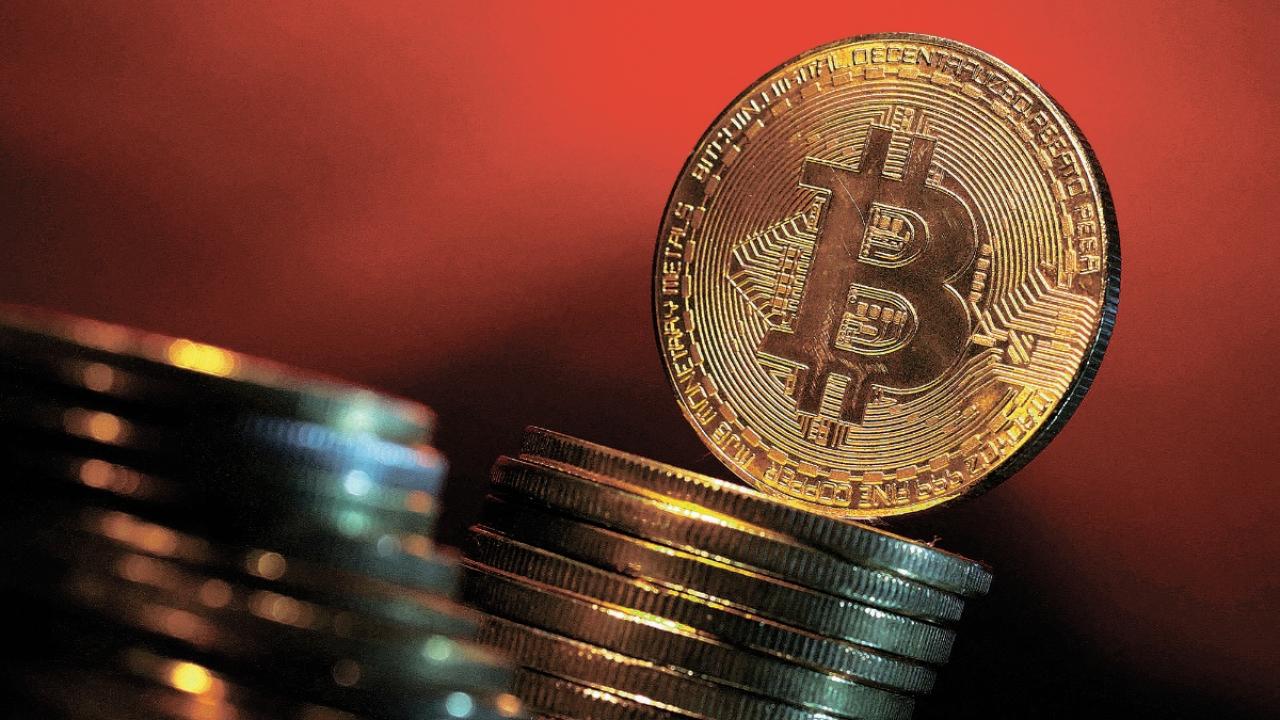
The stock market crashes in the US and Japan caused the main cryptocurrency to plummet. Now, the possibility of a reduction in the Fed rates and other factors give a more encouraging, but cautious, outlook.
Reserved forecast. This would be an appropriate way to define the current situation of Bitcoin. As we recall, the cryptocurrency suffered a dramatic fall over the weekend due to fears of an economic recession in the United States. To such an extent that by Monday the 5th, its value fell below US$ 50,000. Everything seemed to indicate that the bullish cycle of Bitcoin had ended, but this Thursday the 8th, its value has increased above US$ 57,000.
According to the Cripto Noticias portal , this trend could be explained by the fact that large institutional and corporate investors, who invest in Bitcoin through ETFs, took advantage of the drop in value to buy cryptocurrencies “on sale.” In fact, if we analyze the history of capital flows of Bitcoin ETFs in the United States, we can see that this Wednesday, the 7th, investment funds experienced a positive flow of money.
But that would not be the only reason. Recently, the US Securities and Exchange Commission (SEC) imposed a fine of US$ 125 million on XRP, the operator of Ripple, a platform that allows fast transactions at a low cost. The SEC imposed this sanction in response to an illegal collection of US$ 1.3 billion that Ripple received from the sale of XRP.
It is worth noting that Ripple's managers welcomed the court verdict, because they were initially required to pay $2 billion. But what does this case have to do with Bitcoin? We are talking about one of the longest legal disputes the cryptocurrency industry has ever experienced. So its outcome brings stability and confidence to the ecosystem, which translates into increased Bitcoin purchases and an increase in its price.
THE FEAR OF RECESSION
But beyond these factors, the risk of a crisis in the US economy could trigger a new fall at any time, as was evident this past weekend.
It all started on Friday, July 2, when the US jobs report for July raised concerns that the country might enter a recession. This announcement caused Bitcoin to fall to $62,411 (-3.5%), and smaller, less tradable tokens such as Solana and Cardano suffered a bigger crash.
“In addition, we must consider that part of this news developed over the weekend, where there is less liquidity, which affects more sudden price changes and also traditional markets are closed. Therefore, people, in order to stop having exposure, could trade in crypto markets, since they are open 24/7,” explained Tomás Villanueva, CEO of Skipo, for AméricaEconomía .
On the other hand, the 12.4% loss of the Japanese Stock Exchange, a decision taken to protect the Japanese economy from the possible US recession, also had a rebound effect on Bitcoin. “This liquidity event also affected cryptocurrencies, as investors protect themselves in this class of assets and leave the riskiest ones, with digital assets being the most volatile on the market,” says Nicolás Jaramillo, COO of Arch.Finance, for AméricaEconomía .
It is important to remember that at the end of July, the Bank of Japan raised its interest rates, a measure to strengthen the yen against other currencies. Jaramillo explains that this decision generated a change in the carry -trade strategies , reducing the margin of action.
Regarding the decline in cryptocurrency ETFs, Villanueva is not surprised, as these tend to follow the prices of the underlying asset. Furthermore, although investors' price horizon may look long-term, "they still take into account fluctuations in the price of Bitcoin, due to arbitrageurs who level the price of ETFs with those of Bitcoin traded on the spot market ," says Villanueva.
THE ROLE OF THE FEDERAL RESERVE
On the other hand, just as the purchase of cryptocurrencies at a lower price influenced the recovery of the value of Bitcoin, the CEO of Skipo believes that the imminence of an interest rate cut by the US Federal Reserve also plays a key role. The Fed will most likely cut 50 basis points and then resort to a second and third rate cut in the remainder of 2024. These movements are perceived as positive for investments, especially for risk assets such as Bitcoin.
“With lower interest rates, the yields on traditional assets, such as bonds, decrease. Investors may look for alternative assets with higher yields, such as cryptocurrencies, which could increase demand and boost their price in the medium term,” explains Villanueva.
Jaramillo believes that the fall of Bitcoin on Monday 5th was somewhat exaggerated and that the market panicked, which was reversed on Tuesday. Regarding the future rate cut by the Fed, he is optimistic: “the effect would be positive for the US economy, potentially dissipating the possible recession. We will have to closely monitor the labor market to understand how deteriorated it is.”
In a market as unpredictable as crypto, the Arch.Finance spokesperson recommends that Bitcoin users and miners keep an eye on two phenomena: the Fed's rate cut and the flows that Bitcoin and Ethereum ETFs are able to capture. “If we see an increase in flow, we could say that traditional investors are seeing buying opportunities in crypto and that would be positive for the market,” he points out.









